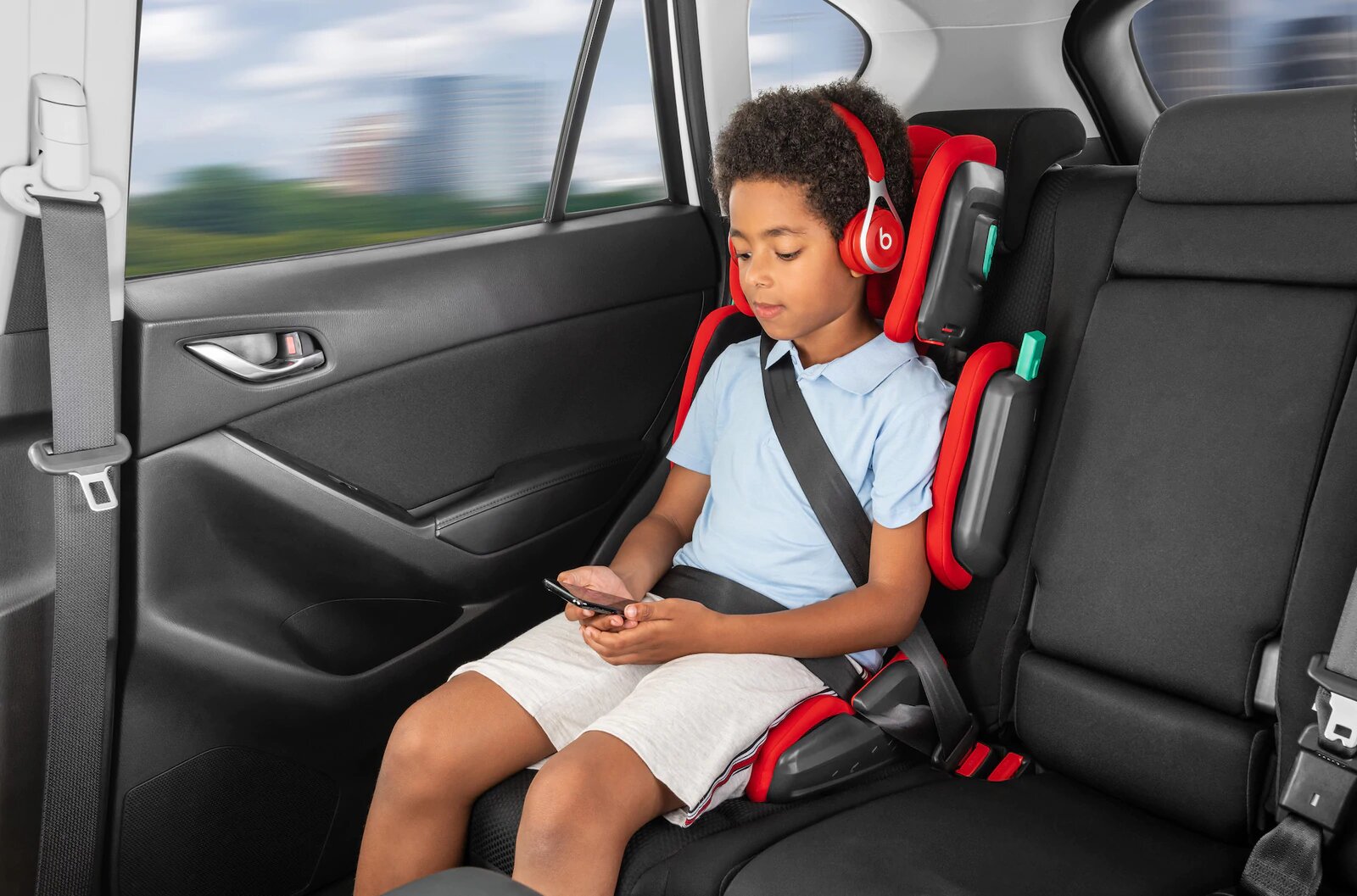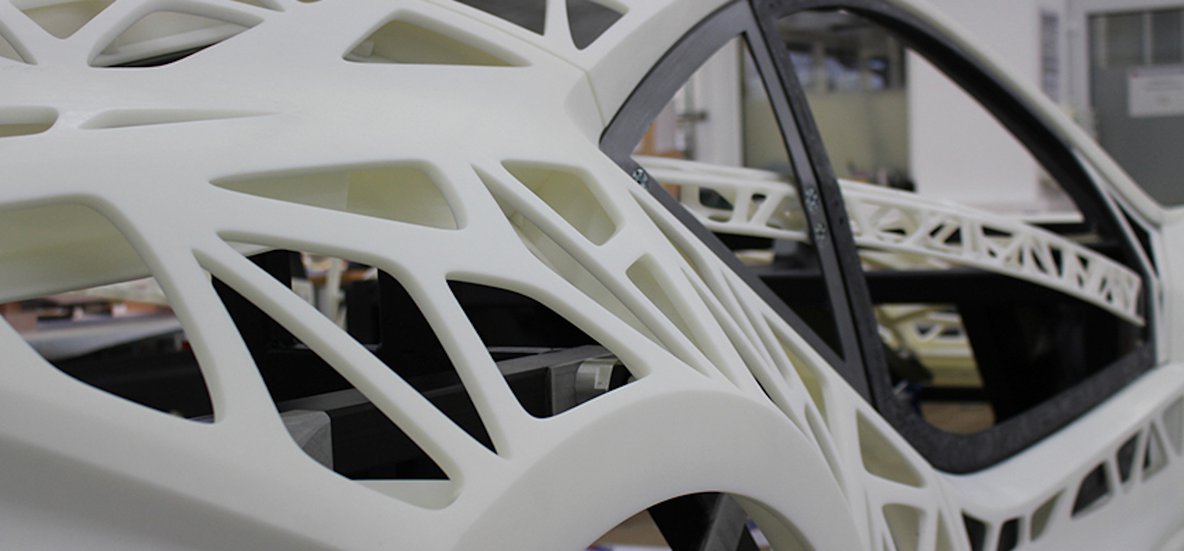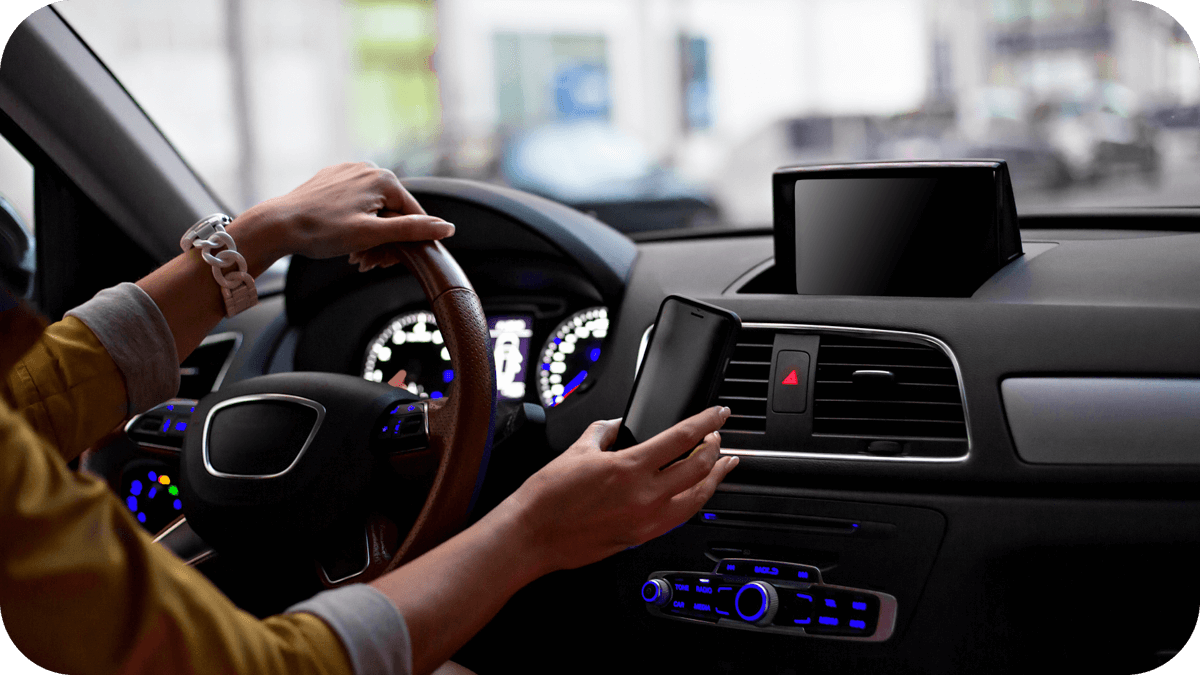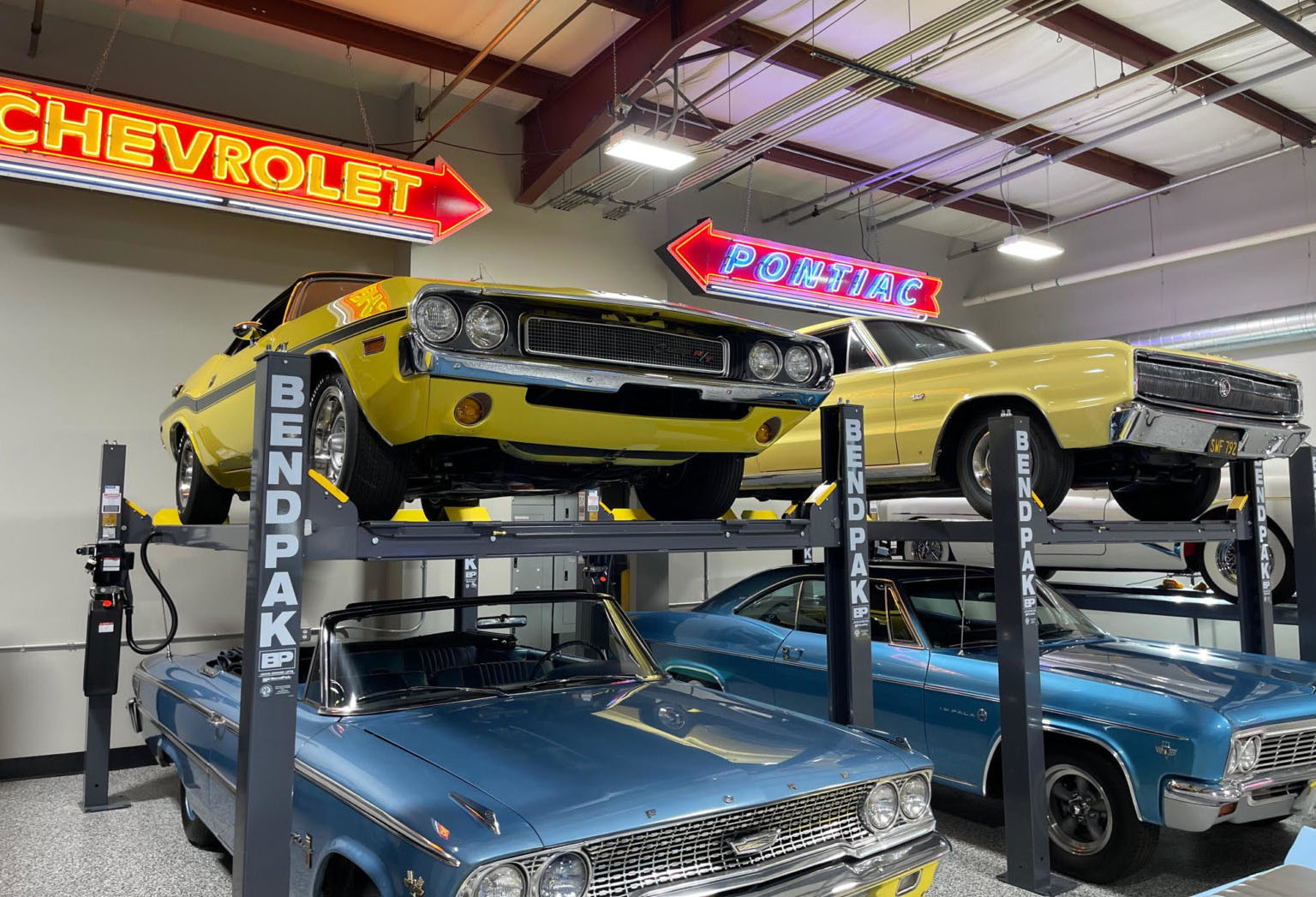Every driver has a responsibility of keeping passengers safe. It becomes doubly important when the passenger is a child. Vehicle seats, or more specifically, their safety measures, are designed for adults. This means that an additional seat has to be installed on top of the stock one if a child is going to use it.
In this article, we will discuss different types of Booster Seats. You’ll learn when to use them, how to buy the correct one, and how to ensure proper safety and comfort for your children.
Why are Booster Seats Important?
The main reason for using these types of seats for children is an oversight in the design of seatbelts. They are unfit for children’s height, which significantly compromises safety. Booster seats correct this oversight by positioning belts correctly. It ensures that the children will be fastened properly and protected in case of an accident.
Understanding Booster Seat Types
There are three types of booster child seats, and all have their purposes, pros and cons, and safety requirements. But when you decide what to buy, first of all, you have to focus on the maximum safety you can provide for your child. Safety depends on the correct fastening of the seat, and the booster seat’s suitability for the child’s age and height.
High Back Booster Seat: the Safest Choice for Children
This type functions as full protection for the child. It is manufactured with a chairback, headrest, the side bolsters on the headrest, and sometimes additional side protection along the whole back.
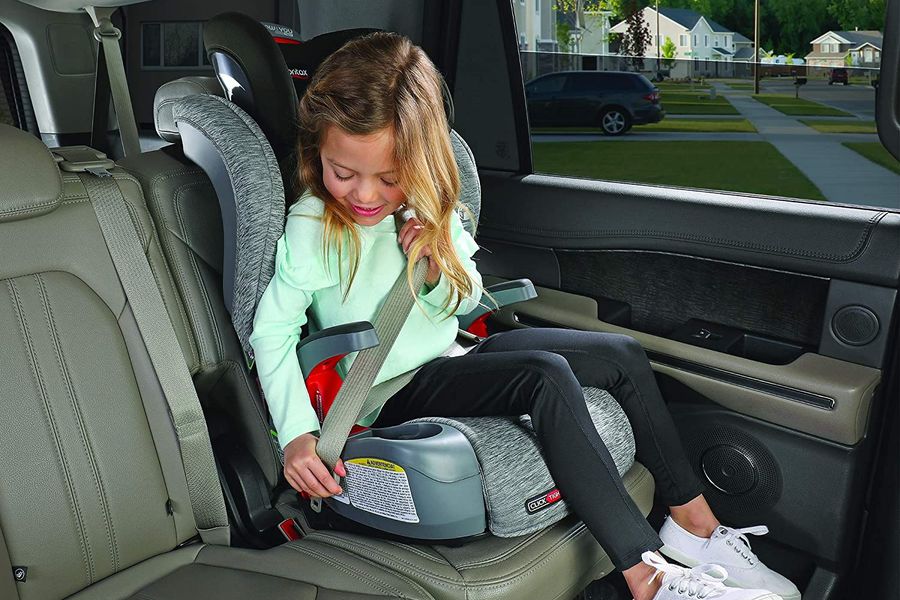
The design of the high back booster seat ensures the protection of the whole body in case of an accident. Unlike backless booster seats, a high back booster protects both spine, neck, and head in case of sudden thrusts.
Side bolsters are necessary to protect the head in case of sudden sideways movement, so it will not tumble to the side, hurting the neck. High back booster seats have special belt guides. They allow the belt to position itself properly around the body of a child, protecting the hips, shoulders, and chest.
Without a doubt, the high back booster seat is a perfect and most reliable choice. All seats undergo meticulous testing to ensure that all vital organs and body parts would get enough protection.
Booster Child Seat Combination
Some child seats are manufactured to combine the previously mentioned high back booster with infant seat designs. This type is suitable for children that are already too old for an infant seat but too young for a booster seat.
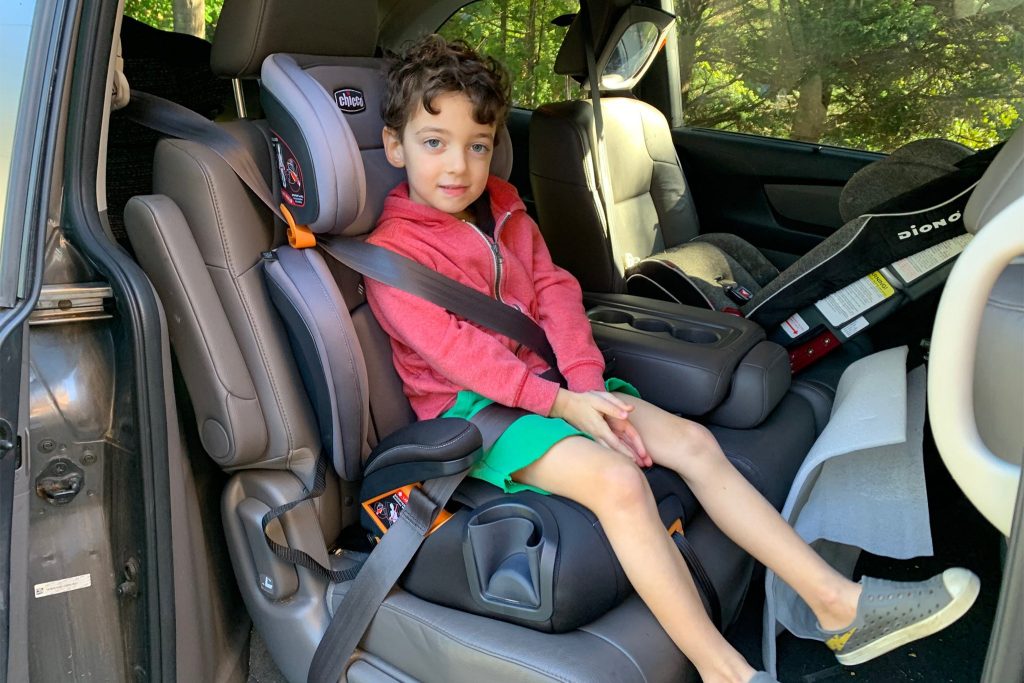
The main advantage of the combined design is the ability to switch between a harness safety to a belt guide system. The harness system is a five-point integrated belt that protects very small children. But as the child grows up, the harness system becomes too tight for them, that’s when a switch to a belt is necessary.
When it’s time to get rid of the harness system, it can be easily uninstalled from the seat. After that, the combined seat becomes a high back booster seat.
Combined Booster Seat is a good choice if you see that your child cannot use an infant seat anymore but still is too small for a booster seat.
Backless Booster Seat: a Good Choice for Older Children
The Backless Booster Seat is just a platform, or a cushion, that raises the position in which the child seats. It allows seat belts to be fastened in the correct position. Some backless booster seats are designed to be fastened to a car seat, while others aren’t attached to anything.
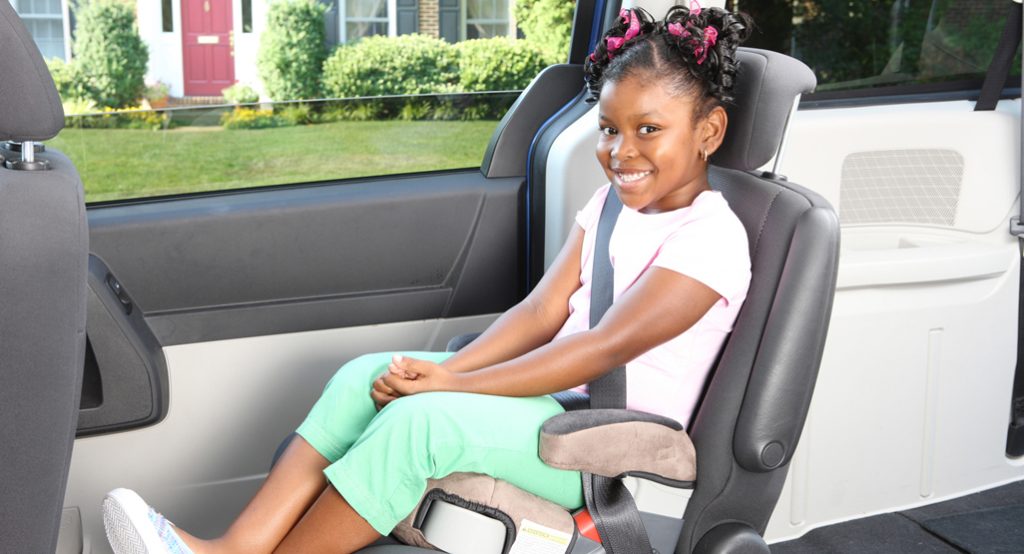
It is important to understand that backless booster seats can be used only for older children, or children with enough height. The head and neck of the child have to be at the level of the car seat’s headrest. The backless booster seat can be used only if this requirement was met.
Backless booster seats don’t weigh much, they can be easily installed and uninstalled, and they aren’t as expensive as high back booster seats.
What is the Age Range for Booster Seats?
Babies and children between two and four years old have to be seated in an infant safety car seat. Infants younger than two years old have to use a rear-facing infant car seat. Booster seats aren’t suitable for children younger than four years old, and should not be used under no circumstances.
Children between four years old and up until they turn approximately ten years old (or grow until sixty inches tall) have to be seated in booster seats.
Remember, never neglect the safety of children, no matter if you are a driver or a passenger. Children absolutely must be seated in appropriate seats to secure the maximum safety of their lives. Disregarding that rule may lead to legal problems, or what’s worse, to someone getting hurt.
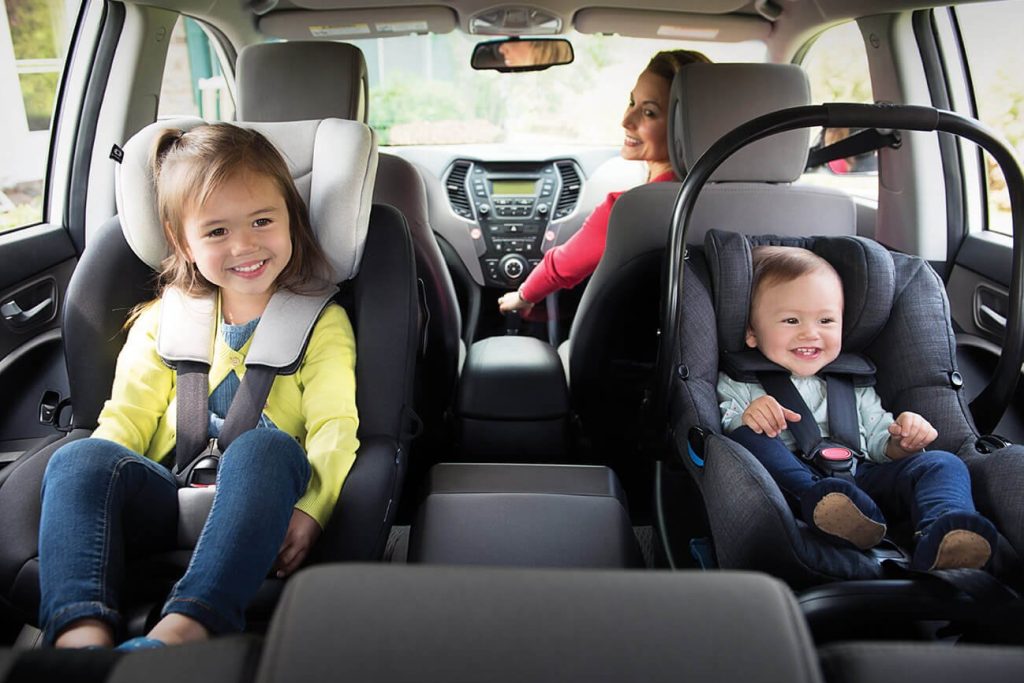
Weight and Height Requirements of Booster Seats
The minimum age requirement for using a booster seat is four years old. The minimum height is forty inches, while the minimum weight is thirty-five pounds.
It doesn’t mean that you should immediately switch to a booster seat when the minimum requirement is met. If your child is comfortable in an infant seat, don’t rush to do a replacement. Only switch to a booster seat when you see that an infant seat doesn’t fit anymore. Also, you have to remember that a child has to be old enough to be able to sit still.
A child can use the car’s stock seat without a booster when they are at least sixty inches tall. Before that, booster seats are necessary. After an infant seat is unfit for a child, it should be replaced with a high back booster seat.
When it comes to choosing a booster seat, pay close attention to the weight and height limits of each product. Sometimes different models have different criteria. The ideal choice would be to buy a high back booster seat with a maximum limit of sixty inches in height and one hundred pounds in weight. Some high back booster seats have a limit for their backrests of 55 pounds of weight. When the child gets over this weight, you have to remove the backrest which will transform the high back into a backless booster seat.
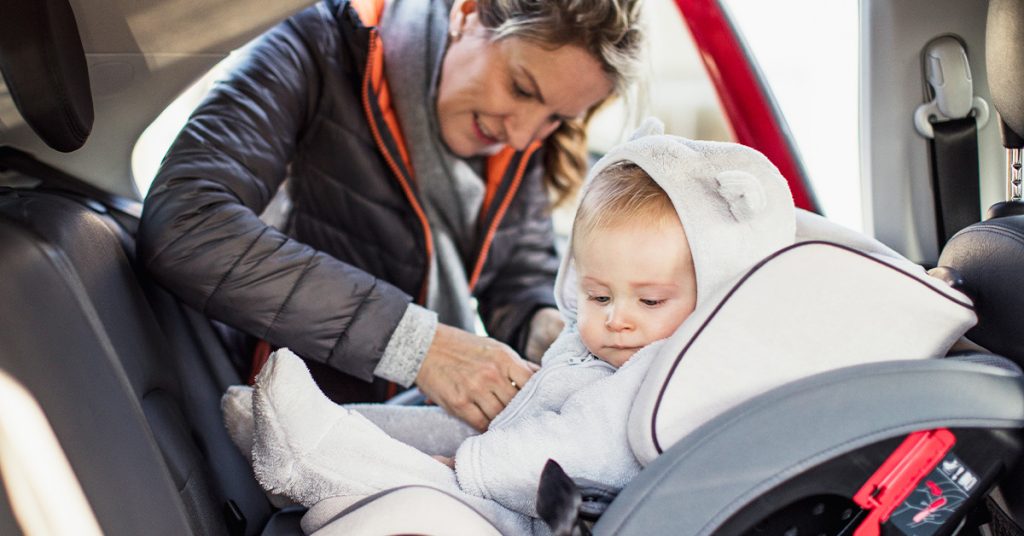
Correct Booster Seat Adjustment
Some booster seats on the market don’t have adjustable seatbelt guides or headrests. You have to avoid buying those. If you cannot adjust belt guides to fit the height of the child, the seat would not offer the necessary protection. Headrests also have to be adjusted to match the child’s height, so that they can sit comfortably and safely.
Here’s how to properly adjust the child’s booster seat, so that they feel comfortable and safe.
– Upper part of the belt should be in the guide, slightly above the shoulder protecting it. It shouldn’t touch or scratch the neck. When fastened, it should stay evenly over the torso of the child.
– Bottom part of the belt should stay low and flat on the lap and across the hips. It should touch the thighs, without touching the abdomen.
– Both parts of the seatbelt should go under the armrest and connect securely to the buckle.
– Headrest should be adjusted comfortably for the child, but their ears should be positioned under the top part of it.
Booster Seats aren’t Supposed to Recline
Most reliable booster seats do not offer the recline function. They are already designed to offer the most comfort and safety. Reclining the booster seat can disrupt a proper safety design. A child should sit upright and still, fully resting on the backrest, this position offers maximum safety from the seatbelt.
Still, some manufacturers offer booster seats that can recline. Carefully consider your options before purchasing such a product. The backrest should recline only slightly. And the booster seat should have all safety certifications, tests in order, and IIHS safety ratings in order.
What Accessories to Buy with a Booster Seat?
Some brands offer additional Booster Seat accessories to a customer. Let’s review some of the most useful products you can acquire to improve your and your child’s comfort.
– Seat cover. Many high-end booster seats would have seat covers included. Even if it doesn’t come with the product, it’s better to put a cover on the booster seat for convenient cleaning. Just don’t forget to check if the cover is suited for machine or hand washing before actually cleaning it.
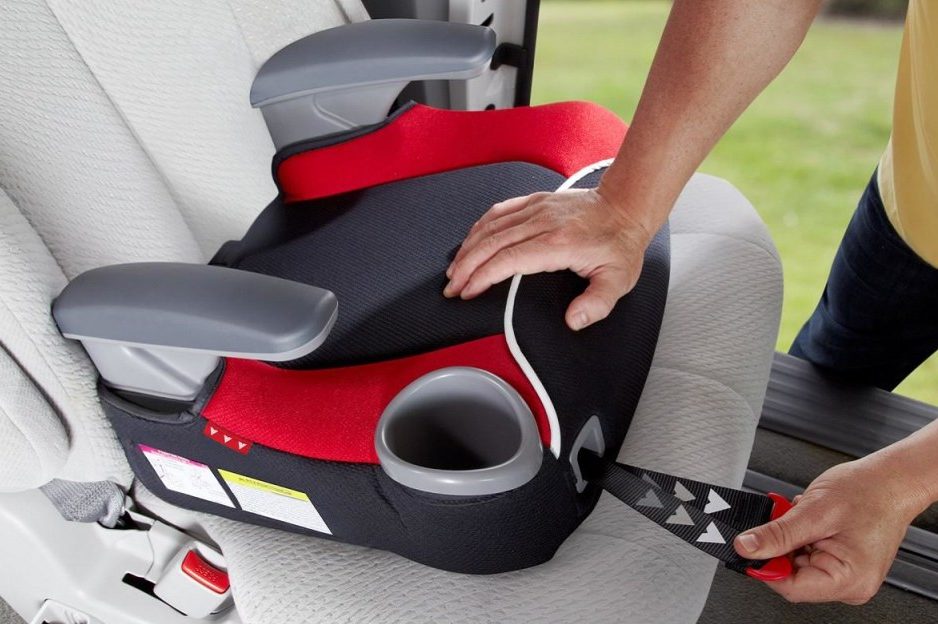
– The cup holder. This accessory is especially convenient if you’re used to traveling long distances. Purchase a removable cup holder, so that you can wash it outside of the vehicle and easily install it back in when needed.
– Storage compartment. This accessory can only be installed in the seat, so it depends only on the manufacturer’s design. Not the most necessary accessory, but pretty convenient if you tend to travel a lot.
How to Properly Clean a Booster Seat?
Straps, buckles, and plastic parts should be carefully cleaned using water, soft piece of fabric, and gentle soap in the most severe cases. Never use any harsh and abrasive cleaning products on these parts of the booster seat.
Especially when it comes to straps and buckles, they have to be cleaned carefully without cleaning products or maybe with gentle soap if they are really dirty. These parts are most responsible for safety, so no substances should deteriorate the material.
The seat cover can be washed in the washing machine on a gentle cycle, or with hands using gentle cleaning products. Seat covers shouldn’t be dried in the washing machine. Before cleaning, consult the information about your specific seat cover.
After cleaning, you can dry the booster seat and the seat cover in the sun. It will properly dry the material and rid it of an unnatural smell.
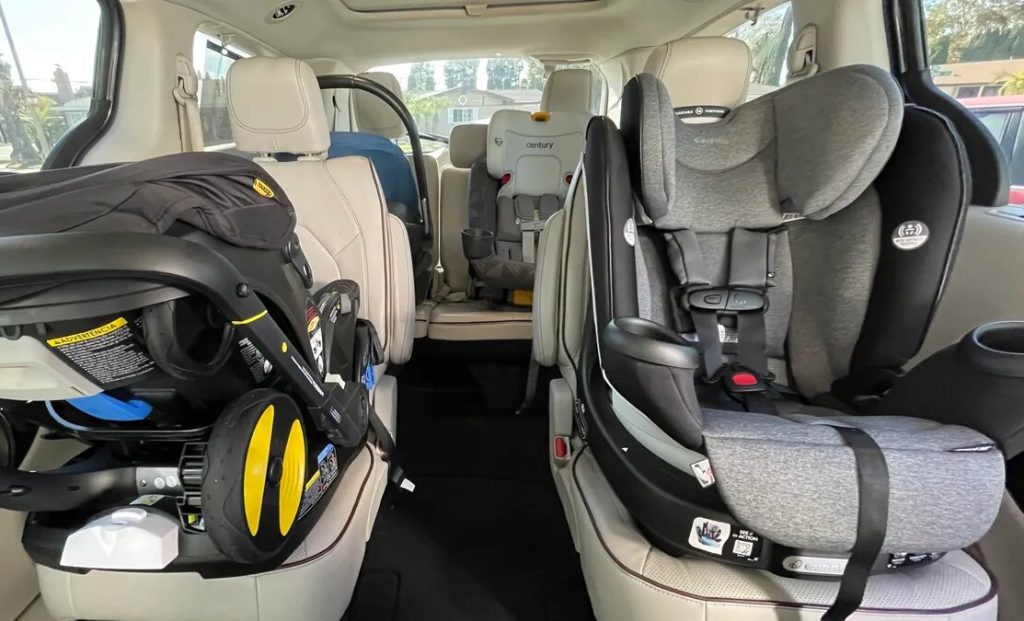
Correctly Installing the Booster Seat
First of all, read the instruction that comes with your booster seat. It should tell you all the correct steps for installing and using the seat you purchased. All seats have different ways of installation, so follow only the instruction.
The booster seat should be installed only in the rear seat. Choose the one which you can properly see and quickly get to in the case of an emergency. Make sure the booster seat is sitting straight and doesn’t move around. Adjust the belt and headrest, and let your child test the comfort. Easy as that.
Conclusion
Before buying any booster seat, check IIHS safety ratings and reviews on the internet. Choosing a product for your child is a serious task. Never buy cheap products and always drive extremely safely when there is a child in your vehicle.
